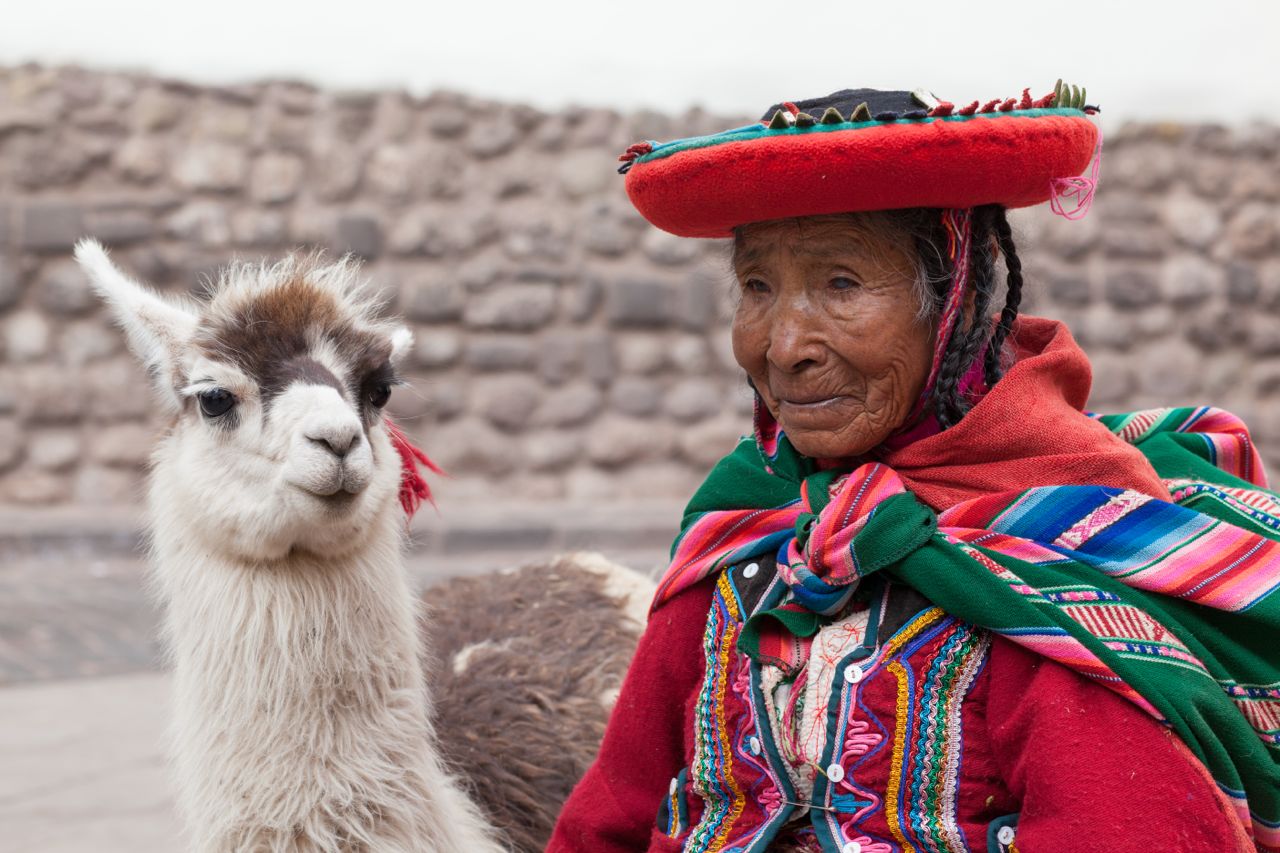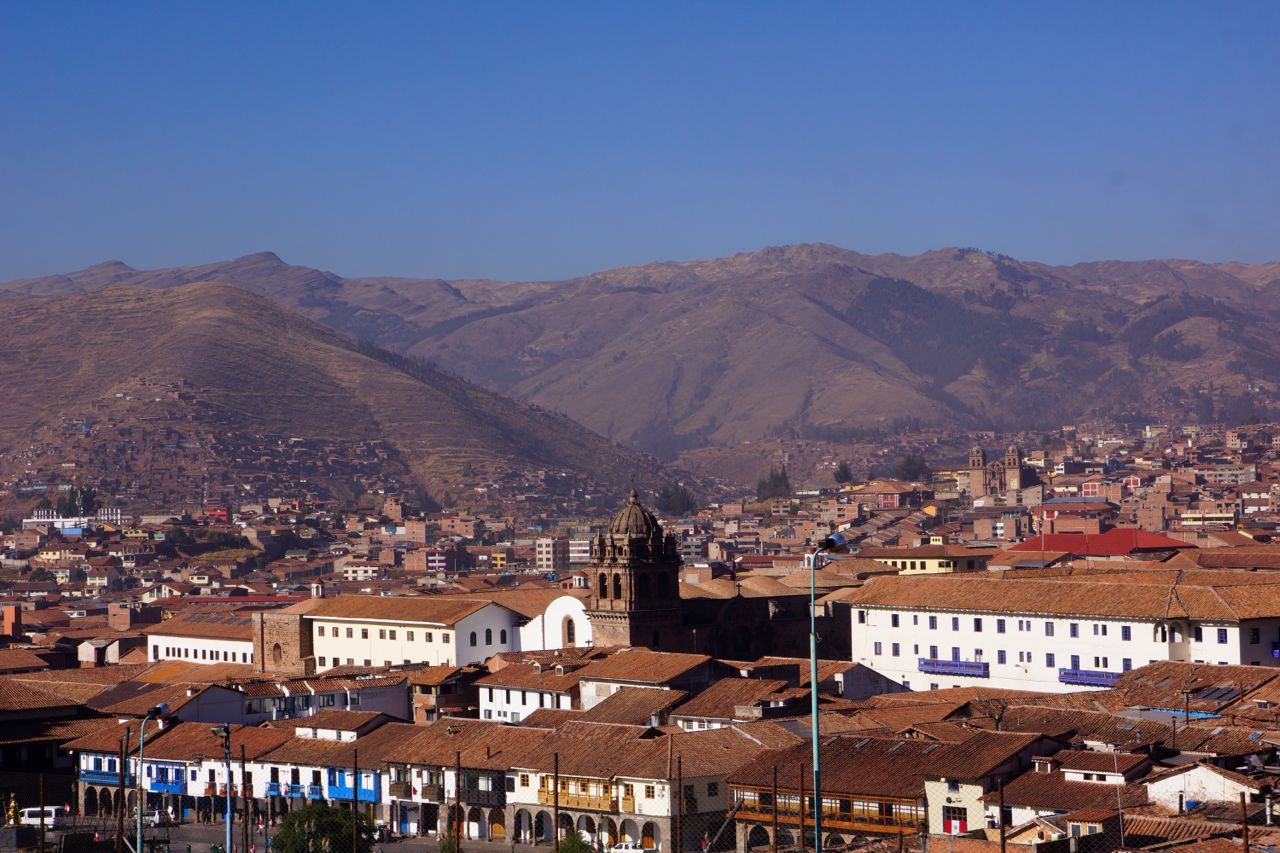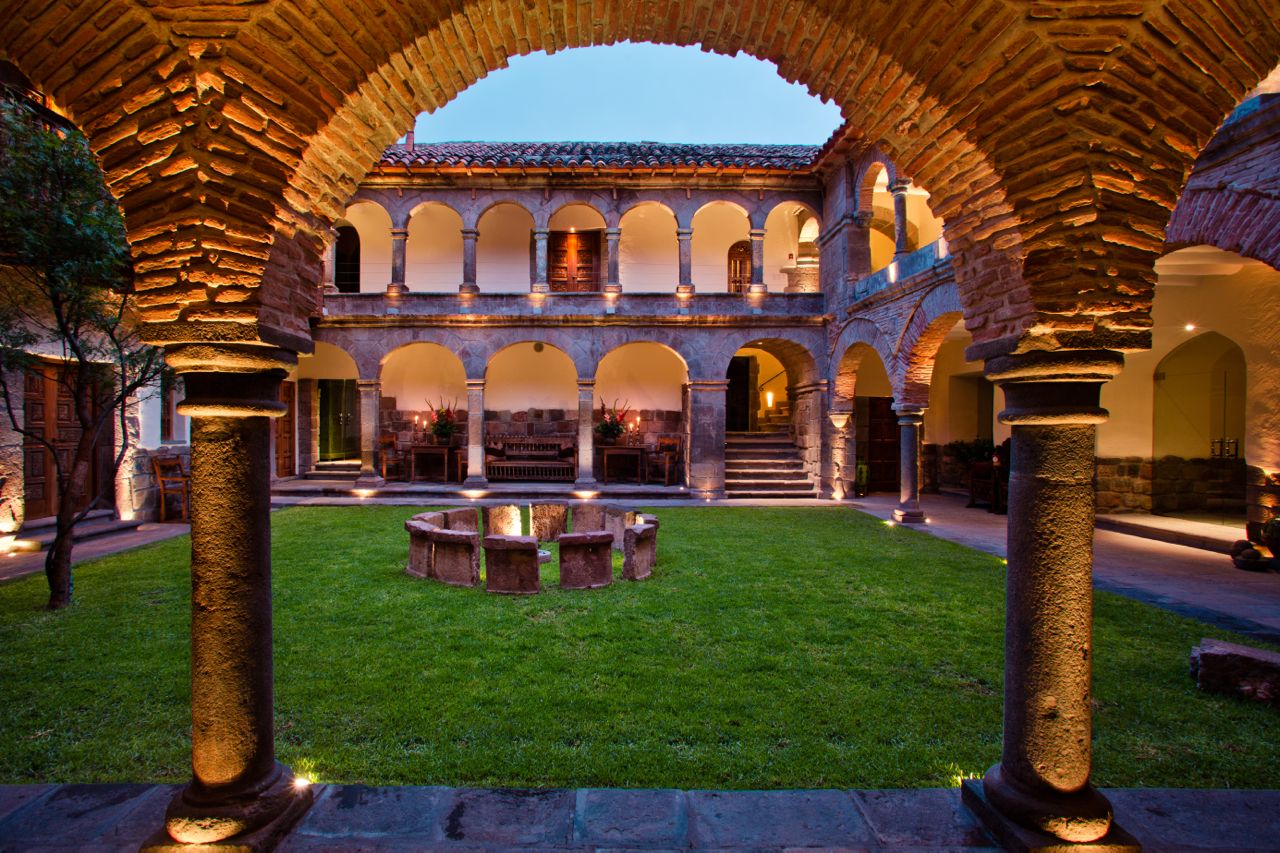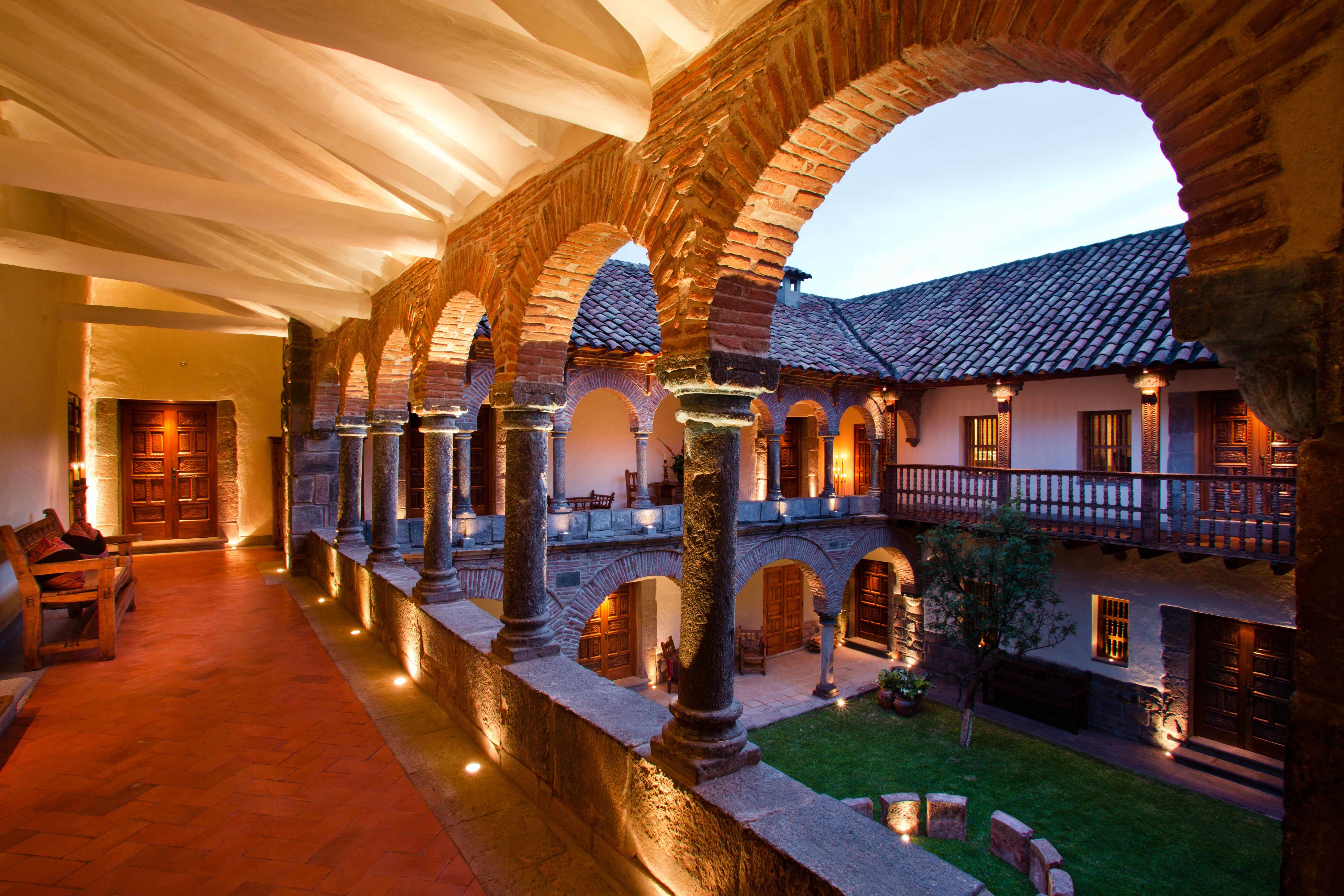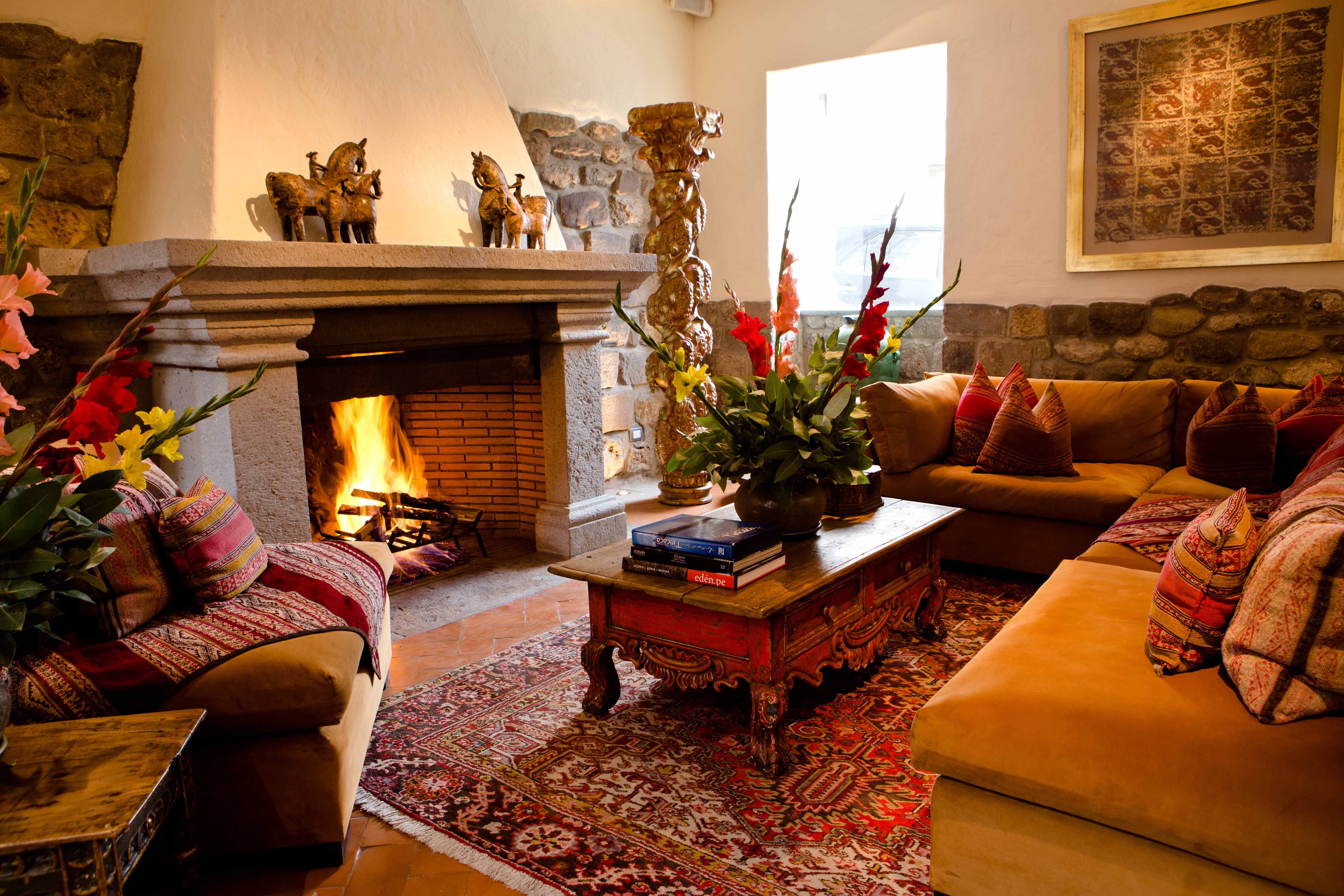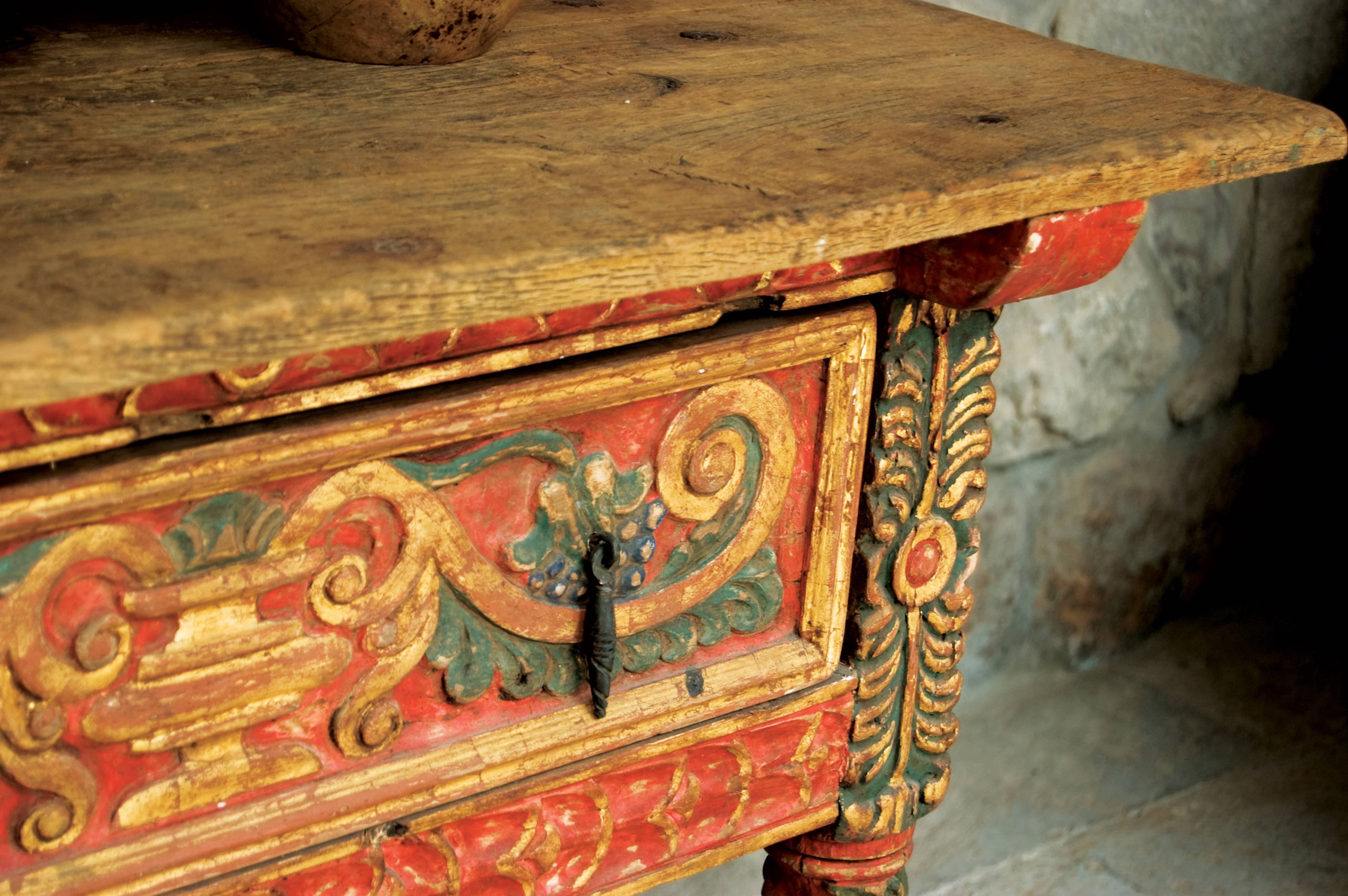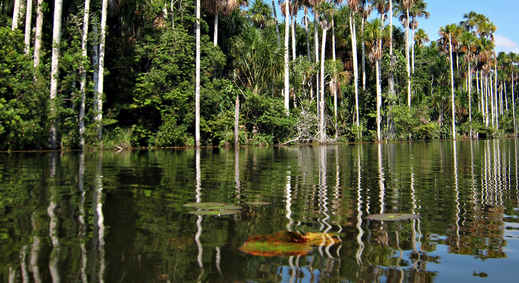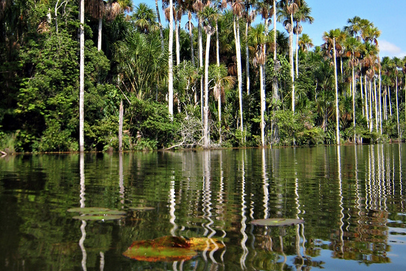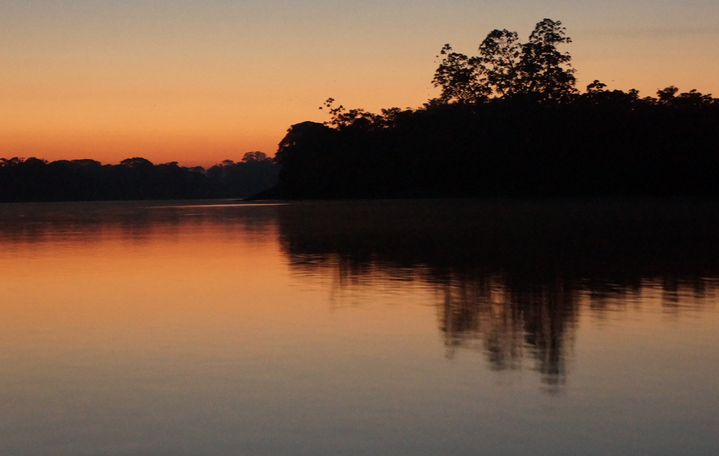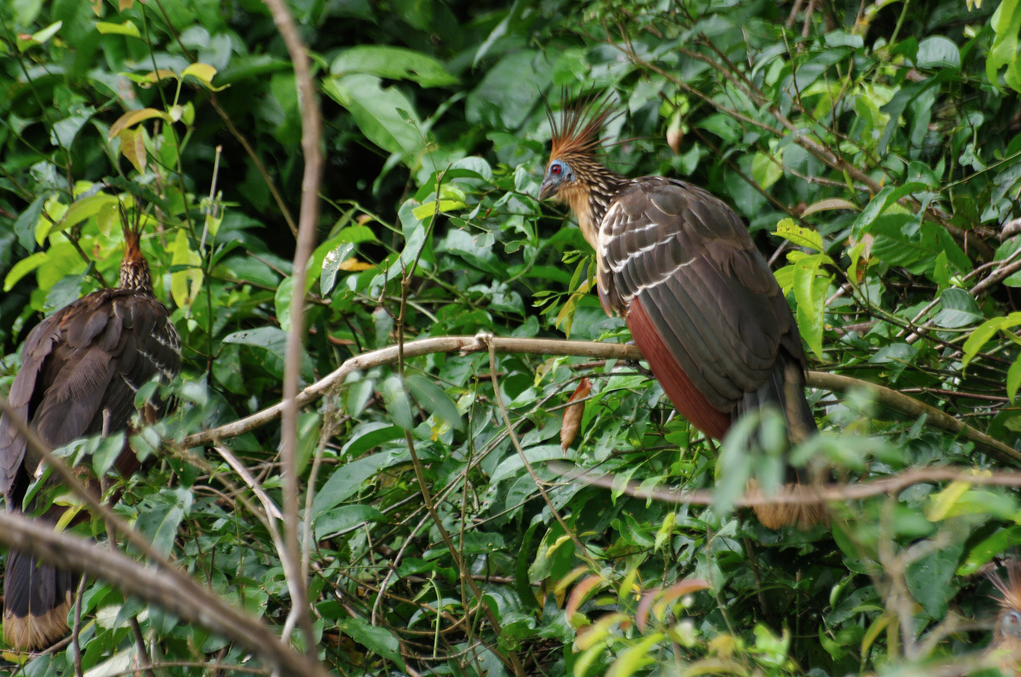We are delighted and extremely proud to announce that Inkaterra Hacienda Urubamba was awarded the prize for best Authentic Adventure at the Tatler Travel Awards 2016 last week. Taking place at London’s iconic Lanesborough Hotel, the evening was hosted by Tatler’s Travel Editor, Francisca Kellet, and TV personality, Claudia Winkleman.

Designed to celebrate the best hotels both in the UK and around the world, the awards consisted of eight categories, recognising hotels for their design, family offerings and style. We are delighted to have been included in the selection of these eight esteemed properties and Inkaterra’s Director of Sales and Marketing, Liza Masias was present at the ceremony to collect the award on behalf of Inkaterra.
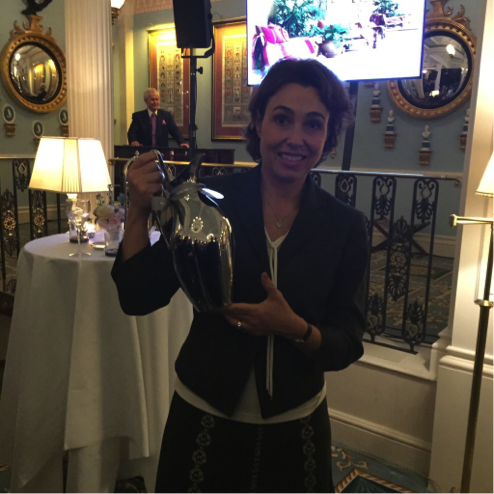
With authentic adventure at the heart of the Inkaterra experience, the newly opened Inkaterra Hacienda Urubamba offers a range of eco-excursions while celebrating all things local. From the hotel architecture, inspired by the country state home designs of the region to the unique ‘Earth to Table’ concept, which transports ingredients and produce from the Inkaterra eco farm to the restaurant, guests can enjoy an experience that is both truly local and authentic .
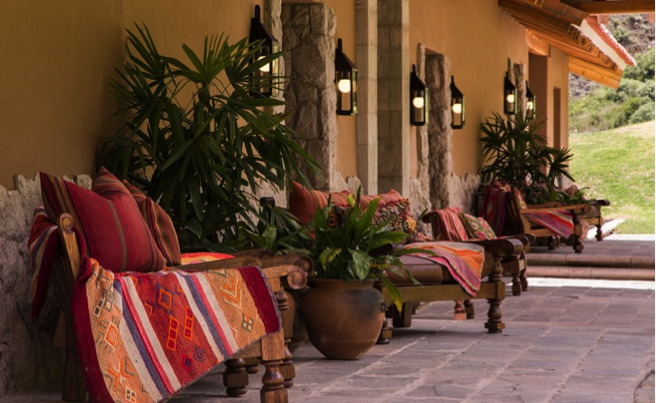
“It doesn’t get any more authentic than this. You can yomp through the mountains spying hawks and hummingbirds. You can learn about Inca astronomy or stare at 1000-year-old fabrics and armour that belonged to actual conquistadors,” says the 2016 Tatler Travel Guide.


